
http://our-wanderlust.com/2018/05/lycian-way-likya-yolu-turkey-part-2-2/
The Lycian Way is a mythic and ancient route; a 500 kilometre walk around the Teke Peninsula in southwestern Turkey following old ways, past traces of Lycian, Greek and Roman civilisations, alongside turquoise fringed beaches, through coastal villages and high up into the rugged Taurus Mountains.
Kalkan to Sarıbelen (13.5 km)
A week’s walking on the Lycian Way finds us in the old fishing village and now resort town of Kalkan. For centuries Orthodox Christians and Muslims lived here together in relative harmony, until the collapse of the Ottoman Empire and the bitter struggles of the Greco-Turkish War of 1919−1922. As part of the 1923 Lausanne Peace Treaty, Turkey and Greece agreed to uproot two million people in a massive population exchange. The expulsion of Turkish Christians to Greece and of Greek Muslims to Turkey left ghost towns, shattered communities and lost souls in its wake.
The morning warm and serene, the harbour picture perfect. The horizon indistinct, the blue of the sea and the blue of the sky merging in a hazy watercolour wash. Breakfast on the terrace of Kleo Pension overlooking a white mosque and the shimmering bay. Cheese, tomatoes, olives, baked eggs, warm bread, honey, homemade preserves, oranges and çay (tea).
A 1,000-metre climb ahead of us on a day forecast to be over 30 degrees. Grateful for the slight breeze and a well-graded track. A morning of lizards and tortoises. The sky full of swallows. An afternoon of butterflies. An eagle’s view of the coastline, right back to Patara Beach. The last of winter’s snow on the high limestone peaks. Beyond the pass and down into Bezirgan. Rows of wooden ambars used for storing crops, domed cisterns, wells and a dry river. Ringed by bare hills and scattered with farmhouses. Apple orchards, red poppies, flat green fields of wheat and summer houses. In winter it’s bitterly cold here but in summer people migrate up from the coast for the cooler air.
There are reputedly still wolves roaming the steep, forested hills around Sarıbelen. We imagine them as we laze on sun lounges at Moonstone House, gazing out across the deep gorge to the far-off sea and looking forward to a meal cooked by our host, Tim. He and his partner Judy moved to Turkey more than a decade ago and live well off their small UK pension in a country they love. They speak Turkish, have Turkish friends and are forthright in their opinions on Turkish politics.
Sarıbelen to Gökçeören to Çukurbağ (32 km)
We are slow in moving this morning, lulled by the warmth and what we anticipate will be a short and leisurely day. Climbing up to Ambararasi Tepesi among weather sculptured rocks, backed by rugged mountain ranges. Following old migration routes, past scattered graves and mysterious ruins. Up high we look out onto dreamy seascapes. Islands and mists and a fog blue sea. Meis, the largest of the islands, is just half an hour offshore and in Greece. A charcoal burners circle in the valley below. Old stone houses, wells and goat herders selling çay. Further along there are honey gatherers and a family cutting wheat by hand.
Down to the village of Gökçeören with its scattered red-roofed houses where Hüseyin, the imam of the mosque and owner of Yeşil Pension, is waiting for us with a gift of ripe mulberries and an expectation of custom. We intended to stay the night here but it’s only midday when we arrive and we are in the mood for walking. To atone for our change of heart we agree with Hüseyin’s proposal to pay him to drive us six kilometres to where the Lycian Way leaves the rutted road and enters the forest.
Following a track above a merrily flowing river. Pine trees and plane trees and yellow flowering broom. Horses with bells around their necks. Climbing steeply up a ridge and circling the great bowl of the Dereköy Valley. The air humid, clouds gathering, distant thunder, a scattering of rain. Lemon yellow butterflies fluttering on the breeze as the sky clears. Our water reserves running low as we climb ever upwards to reach the long-abandoned city of Phellos. Lycian inscriptions, a partially protected mosaic floor, double-fronted tombs, precariously perched house tombs with carvings of shields, sphinxes and lions. A marvellous life-sized bas-relief of a bull, thought to have a Persian feel in its execution but its origins a mystery. We could lose ourselves for hours in this ancient, beguiling place but with evening approaching we shake off its enchantment and walk down to the village of Çukurbağ. Enroute we discover that its only pension closed down a year ago. We are saved from a night of rough sleeping when, within minutes of arriving in the village, a driver stops and offers to taxi us the 10 kilometres to Kaş. Sunset finds us sitting by its picturesque harbour, enjoying a hard-earned, cold Efes Pilsen.
Rest Day in Kaş
It’s Ramazan (Ramadan), the Islamic holy month of fasting, and the Friday mosque is so crowded there are rows of men bowed down in prayer outside the building. Bougainvillaea cascading from brightly painted balconies. The harbourside cafes lively with non-fasting Turks. We resist the allure of Greece just across the water and spend the day slowly wandering the colourful streets of Kaş. As night falls we enjoy a glass of local rosé on a terrace overlooking the harbour, talking of home and people we hold dear.
Kaş to Boğazcik (16.5 km)
It is Atatürk Day, a national holiday that commemorates the secularist/nationalist founder of the Republic of Turkey. At the appointed hour Kaş comes to a halt. Everyone stands to attention, hand on their heart, for the İstiklal Marşı, the Turkish National Anthem. Only when the ceremony in the town square is over will a boat taxi us across the bay to Liman Ağizi to rejoin the track. Our ferryman spends the journey singing Atatürk’s praises. He reveres him for bringing democracy to Turkey and for being ‘the perfect man.’ He says that ‘unlike the current President’, Atatürk is held in high esteem and with great affection in this part of Turkey. ‘If the results of the upcoming general election show a vote for Erdoğan on the Teke Peninsula, people here will know that the count was rigged.’
Tombs carved deep into the rock wall high above the water and sealed with engraved stones placed flush with the rock face. Strange, soothing music coming from somewhere nearby. Fine, black, long-horned goats. The carrying call of a shepherd. A ‘wild, long and rocky stretch.’ Wave-worn limestone slabs, weathered thorn trees, sharp loose rocks. The day hot. The cafe at Fakdere closed down. In the 1980s, the buildings here were used by archaeologists excavating a bronze-age shipwreck. They found it laden with treasure including gold jewellery, glass beads and amphorae filled with resin. Now the settlement is deserted and there’s a decrepit air about the place; the liminal space between earth and sky a wasteland of rocks and ravaged trees.
Yachts moored in the lee of a rocky island. Turquoise fringed pebble beaches. A lone pine, carob trees and people picnicking at Grape Harbour beach. Music and conversation swelling in volume as we approach the beach and receding as we walk on, drowned in the waves breaking on the shore. Two pheasants fly up from the undergrowth. A young German family walking a few days of the Lycian Way, the first people we’ve met on the trail since farewelling Graeme and Judy in Kalkan. The father carrying their seven-month-old on his back and a heavy pack on his front. The mother carrying their two and a half-year-old. Neither of them deterred by the intensifying heat and the steep, rough terrain.
A roman well, Lycian tombs and stone watchtowers guarding the entrance to a Lycian city founded in the 4th century BC. On through the stifling afternoon until the track levels and leads us to the winter farming village of Boğazcik. There are no shops but there’s a place to stay and a cold beer to be shamelessly secured on this quiet, Ramazan afternoon.
Boğazcik to Üçağiz (16 km)
Walking down from last night’s eyrie high above the village we come across Mehmet, who we know by repute as a walker-friendly pension owner from Üçağiz. We arrange for him to pick us up by boat at Aperlea later in the day so that we can see the ruins of the underwater city near Kekova Island before continuing to Üçağiz.
We walk on, up into the high summer pastures, to find the city of Apollonia on the summit of Kale Tepesi. It was once part of the Lycian League and was occupied and refortified in Byzantine times. There’s a well-preserved church, a Hellenistic theatre, an acropolis and a necropolis with carved sarcophagus and tall pillar graves. It is true what is said; that the Lycian Way is so abundant with ancient wonders that it holds you spellbound.
Oregano and mint growing wild. The morning tinkling with goat bells and the songs of shepherds. The track not as arduous and the heat less intense than yesterday. We meet the German family again and walk with them for a time. They are on holidays from their work in Chad, one of the poorest countries on earth. They started their walk in Kaş and say that the warmth of its people, the vibrancy of the town and the abundance of food markets and cafes made them weep when they arrived, such a contrast was it to the meagreness of life in Chad.
We reach the sea where there are jetties, harbours and tombs in the grassy underwater meadows. The economy of Aperlae was based on breeding Murex snails and extracting from them a dye called Tyrian purple, one of the ancient world’s most expensive luxuries.
Mehmet’s son, pale haired Mufstava, is waiting for us on a jetty at the far end of the isthmus to take us around the shores of Kekova Island. We explore rocky bays where Russian pleasure boats are moored, swim in the turquoise sea, follow a pod of dolphins leaping out of the water and cruise slowly past the sunken city of Dolchiste.
Üçağiz to Andriake to Üçağiz (20 km)
Watery estuarine air and dreams of last night’s rain. We’re on the trail early, our sleep broken by the call from the mosque waking the faithful so they can eat before the day’s fasting begins at dawn.
Out of town, past a shipbuilding yard, a cemetery and a shanty town of makeshift shacks clad with plastic sheeting. A defeated donkey. Sage laid out to dry. A Genovese fortress on a hilltop. Across the isthmus and around a rocky shore lined with secluded white-pebble beaches. A nimble day walker catches us. He’s a guardian of this section of the Lycian Way so we ask his advice on the 34-kilometre section we are contemplating walking tomorrow, from sea level up to the 1,800-metre summit of Karliöz Tepesi. He thinks that it is too late in the season to tackle this long, hard, steep climb in a day. By the end of the hot afternoon and with a forecast for temperatures in the mid-30s tomorrow, we realise he is right and let go of our yearning for remote high places. For now.
The harbour at Andriake is busy with tourist boats. What was Hadrian’s granarium, built to store Rome’s corn supply, is now an engrossing Lycian Civilisations Museum with artefacts from Lycian, Roman and Byzantine periods depicting life in the harbour city.
A visit to the St Nicholas Church in Demre, a Byzantine basilica with mosaic pavements, remarkable frescoes and a sarcophagus thought to be the original burial place of St Nicholas before his remains were ‘forcibly translated’ to Bari, Italy, in 1087. Although deconsecrated, the church is crowded with devout Russians paying homage to their patron saint. Just north of Demre is Myra, a leading city of the Lycian League in the 1st century BC. It is renowned for its Greco-Roman amphitheatre (the largest in Lycia) with a richly decorated facade of theatrical masks and mythological scenes and for its striking rock-cut tombs high in the cliff above the theatre. Today the entrance to the ancient city is lined with stalls selling faux orthodox icons and ‘fresh’, out-of-season, pomegranate juice.
Üçağiz to Karaöz (18 km)
A quiet morning in Üçağiz. Just the fisherfolk up and about, preparing their nets before taking to the water. Doves cooing. The Turkish flag flying proudly from the Genovese fort on top of the hill across the bay. A bus trip to Mavikent to avoid a busy highway, followed by an 18-kilometre walk to Karaöz. A car speeds past us on a dusty road, its boot held open by one of the two men travelling inside it. Down to the beach and along its shores. Plastic washed in from boats littering the grey sand. Sandpipers and storks and nesting loggerhead turtles. An area of the beach screened so that women can sunbathe without being seen. Lifeguards in crisp red and yellow costumes. The beach almost deserted and nobody in the water to save.
A customer at a small store where we stop for a cold drink is amazed that we’re walking the Lycian Way end-to-end. He congratulates Michael ‘on having a wife who will walk that distance.’ He asks where we are from and confesses that he doesn’t believe Australia actually exists; in his view it is too foreign and too far away to be anything other than a country of the imagination.
New concrete villas, run-down beach shacks and chickens foraging in the municipal gardens. More of the plastic greenhouses that are swallowing up this part of Turkey. Beside them, migrant workers live in rickety shacks made of the same plastic. Walking the road that hugs the coast, small coves way below us, the sky hazy all day. For hours at a time we don’t see or hear anyone, except the occasional snatch of a tourist boat conversation drifting across the water. A cafe owner tells us that until a couple of years ago up to 40 walkers a day came through on the Lycian Way. Now he sees no more than a handful of people a day.
At day’s end we realise that we’ve walked over half the trail. We celebrate with dinner at an open air cafe by the beach and a conversation with a couple from St Petersburg who are waiting for a dolmuş to Antalya, their week of walking on the Lycian Way done.
http://our-wanderlust.com/2018/05/lycian-way-likya-yolu-turkey-part-2-2/
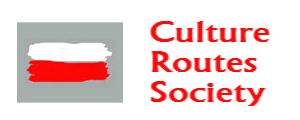
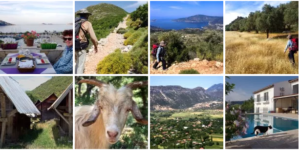
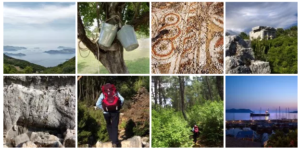
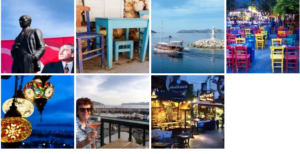
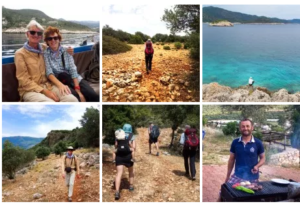
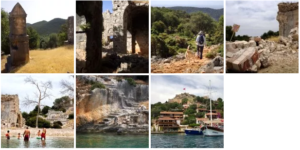


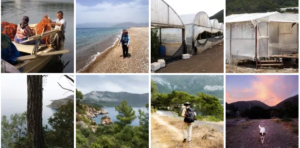
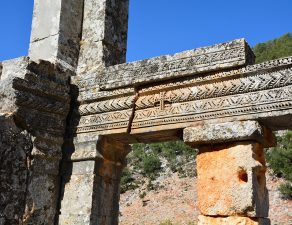

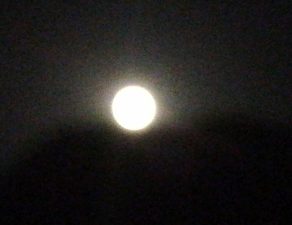

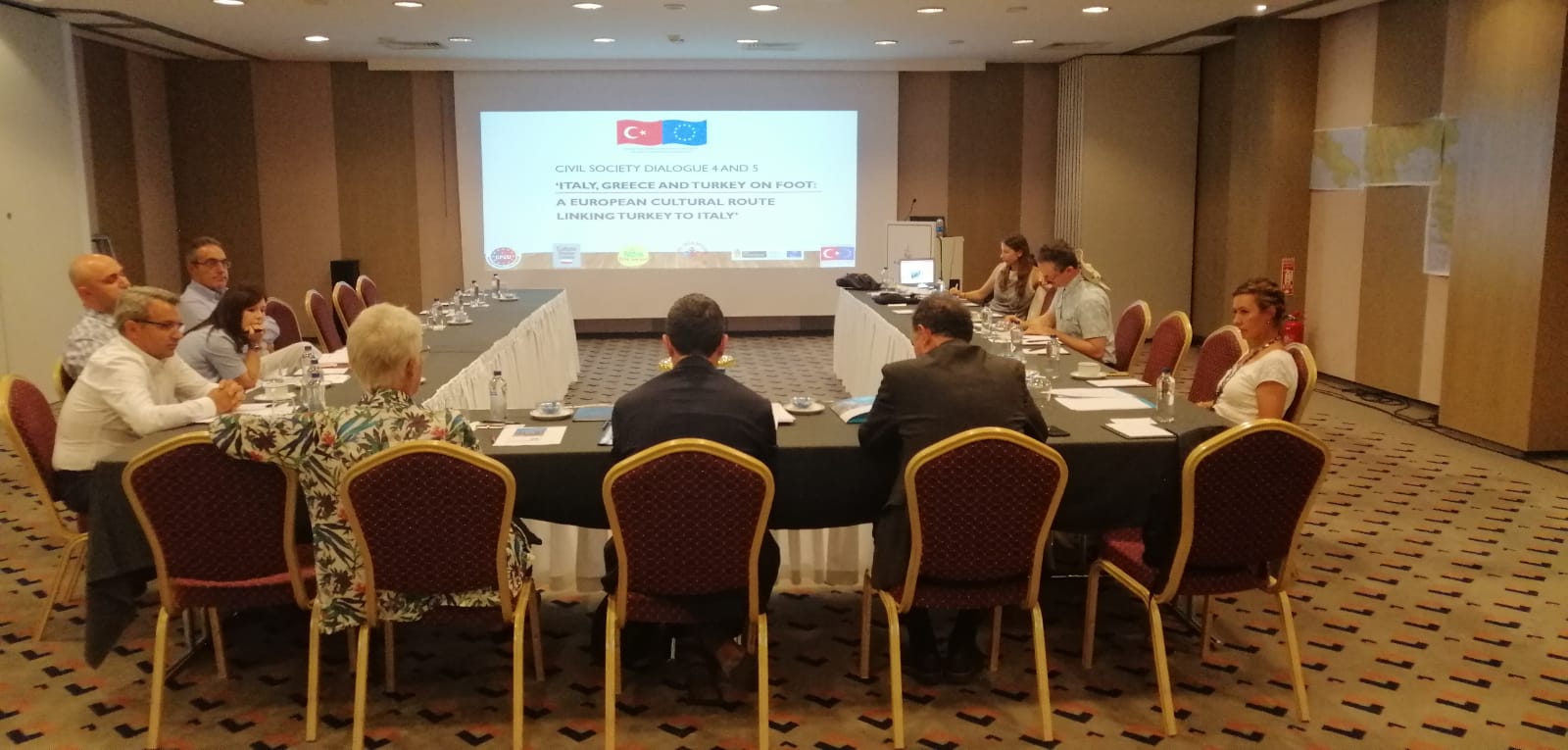
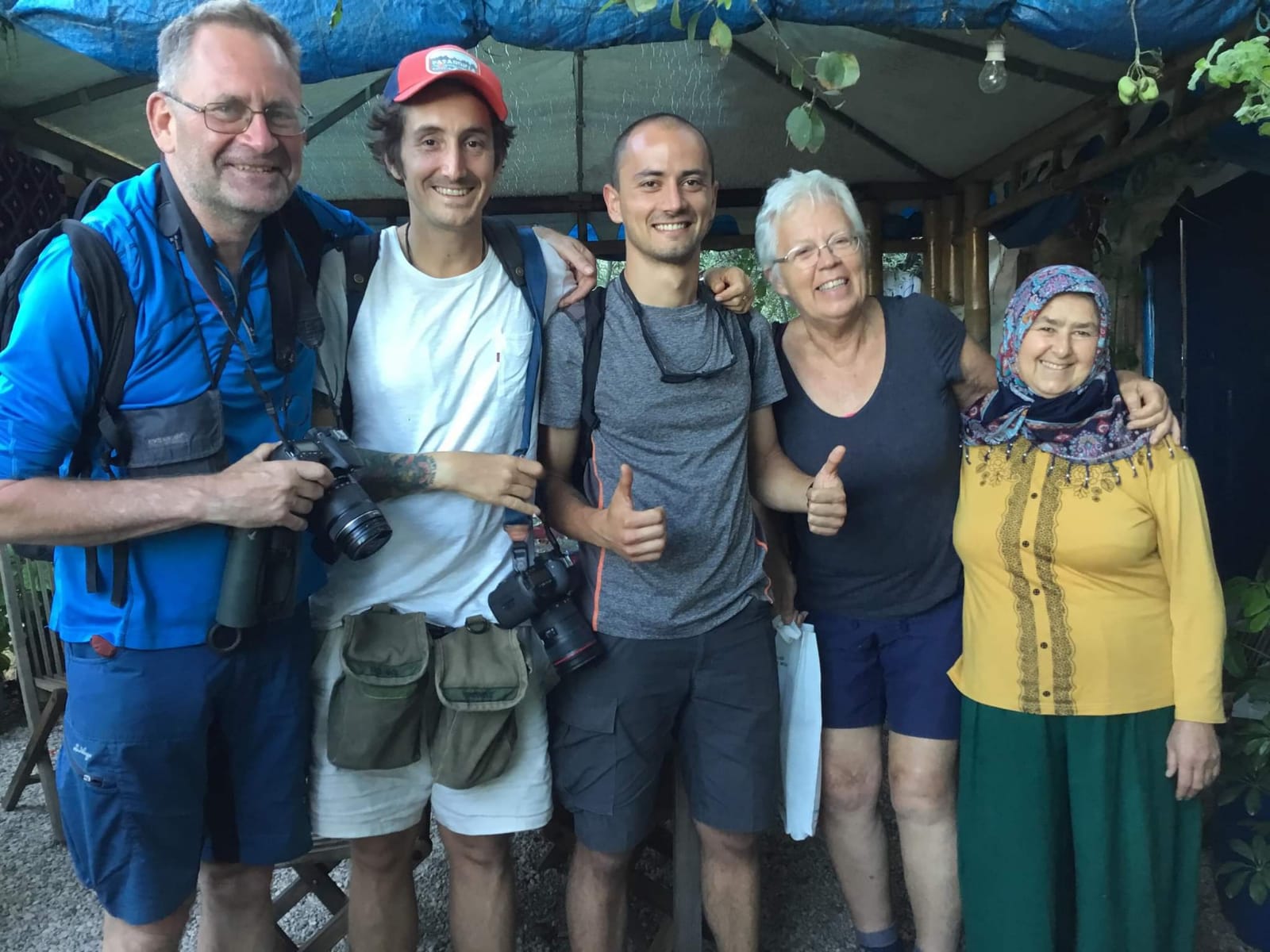
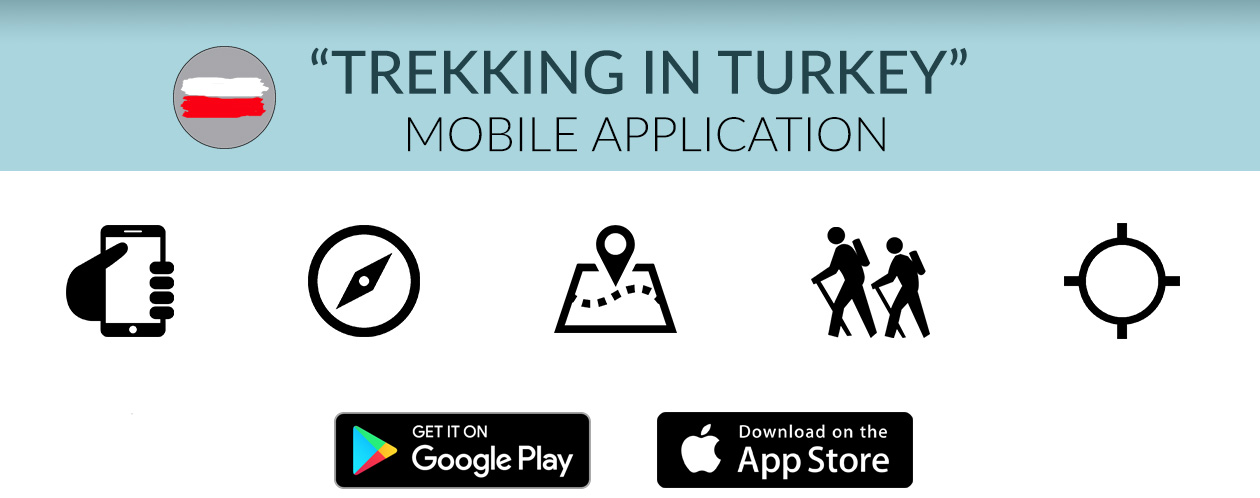

1 Comment
ksdajoeqwr
June 20, 2023
لتنظيم عيد ميلاد خاص والحفاظ عليه هادئا ومرتبا ، عليك اتباع هذه الخطوات. قبل البدء في التحضير ، عليك أن تفهم شيئا مهما: لكي تكون الحفلة جميلة ، لا يجب أن تكون باهظة. وهو ما يكفي لجعل الأطفال يفهمون أهميتها ، ومن ثم تنظيم عطلة وفقا لرغباتهم وفقا لأذواقهم. تحديد الميزانية الكاملة للحفلة ، حيث تشمل المأكولات والمشروبات والديكورات المراد استخدامها والحلويات ، وتحضيرها قبل أسبوع من موعد الحفلة. تحديد التاريخ المناسب للحزب ، ووقت بدايته ، مع الأخذ بعين الاعتبار توقيت الوضع مع المدعوين وعمر الأطفال وأصدقائهم. استأجر مكانا ستقام فيه الحفلة ، واحجزه قبل وقت من تاريخ الحفلة ورتب لمهرج أو ساحر أو رجل استعراض آخر قبل ثلاثة أسابيع من تاريخ الحفلة حتى لا يتعارض مع التاريخ. حدد عدد الضيوف المدعوين إلى الحفلة لتحديد التكلفة لكل ضيف. اختر برنامج الحفلة من خلال تقديم العرض للأطفال الآخرين وشرح التفاصيل لهم. اختر الألعاب التي سيتم تقديمها في الحفلة ، ونوع الحلويات التي سيتم توزيعها على الضيوف ، وطريقة توزيعها قبل ثلاثة أسابيع من تاريخ الحفلة. التقاط آراء الأطفال في شكل بطاقات وتوزيع الدعوات للضيوف قبل أسبوع من تاريخ الحفلة ، مع إعطاء الفرصة للتعبير عن آرائهم وأذواقهم قبل أسبوع من الحفلة ، يجب اتخاذ الخطوات التالية لتأكيد وجود الضيوف. تحقق من توفر جميع الألعاب والترفيه التي سيتم استخدامها في الحفلة. إذا تم إحضار كعكة الحفلة من الخارج ، ولم يتم إعدادها من قبل المضيفة ، اطلبها. قم بإعداد حقيبة إسعافات أولية في حالة حدوث ظروف غير متوقعة. في اليوم السابق للحفلة ، عليك اتخاذ الخطوات التالية للتأكد من أن كعكة عيد الميلاد جاهزة. تحضير أكياس الحلوى ولفها بشكل جيد. تحقق من برنامج الحفل وأساسياته وكيف سيتصرف الأطفال مع الضيوف. قم بإعداد بقايا الطعام التي ترغب الأمهات في تقديمها للضيوف ، مثل التبولة أو غيرها من الحلويات. تجهيز طاولة كعكة ، والكراسي المقابلة لعدد الضيوف المدعوين. تأكد من أن كاميرا الفيديو مشحونة لتصوير الحفلة.
https://szaiap-xiounk-miell.yolasite.com/
Write a comment: